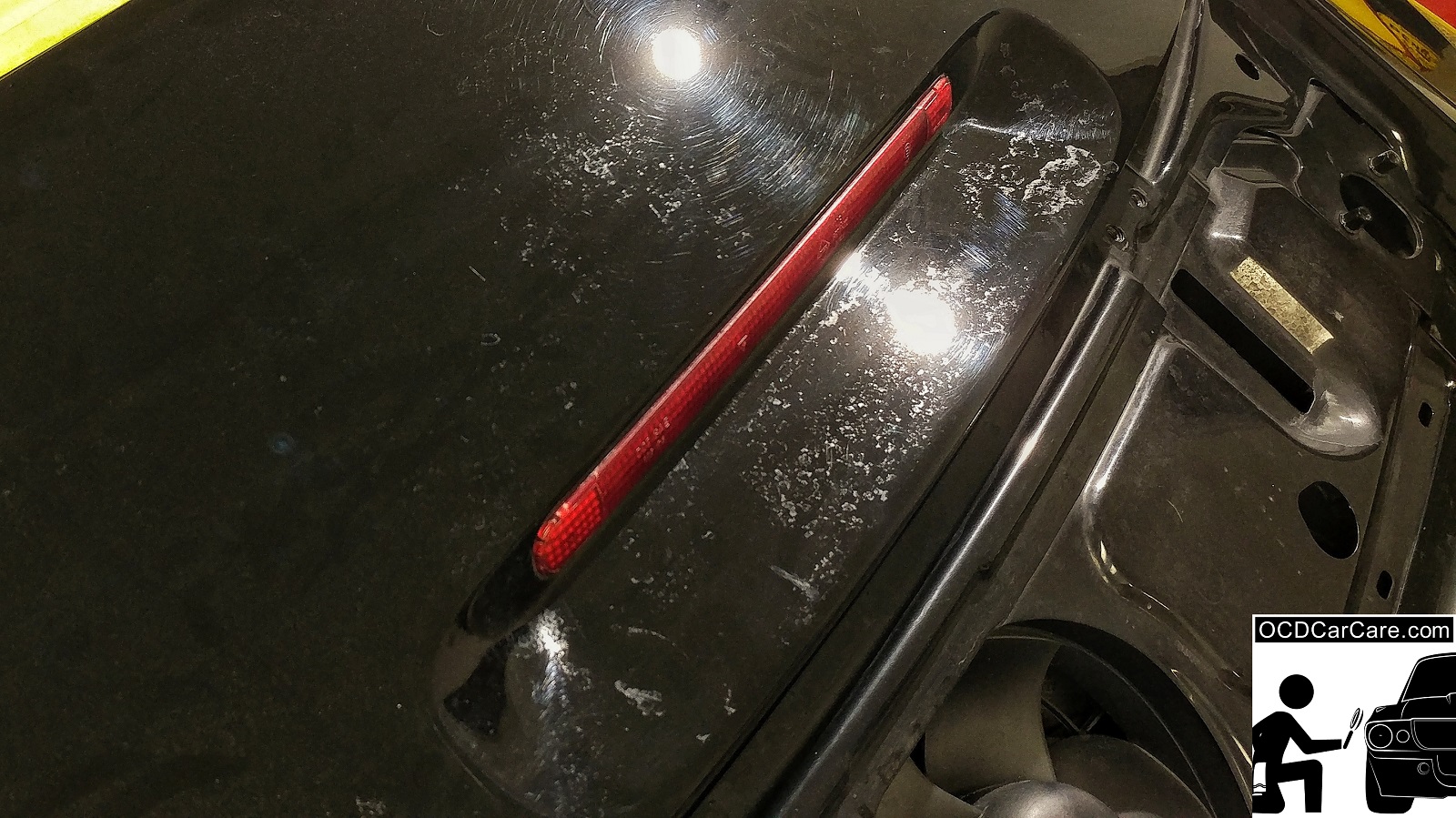The Scientific research Behind the Resilience of Ceramic Coating Philadelphia Applications
The Scientific research Behind the Resilience of Ceramic Coating Philadelphia Applications
Blog Article
Why Ceramic Finishing Is the Ultimate Remedy for a Perfect End Up
Ceramic layer has emerged as a leading option for those seeking a remarkable finish for their vehicles, many thanks to its remarkable durability and protective functions. What elements truly set ceramic layer apart?
What Is Ceramic Layer?

When used appropriately, ceramic layer develops a hydrophobic surface area that fends off water and dust, making it simpler to clean up and maintain. Unlike standard waxes or sealers, which generally use short-term security, ceramic coverings can last for a number of years, depending upon the product high quality and application technique. The process of applying ceramic finishing calls for thorough preparation, including thorough cleaning and in some cases paint improvement, to guarantee ideal bonding and performance.
Ceramic finishings are not restricted to auto surface areas; they can additionally be made use of on numerous products, consisting of glass, steel, and plastics, offering a flexible solution for improving defense. Overall, ceramic coating represents a significant development in surface area security innovation, combining both practical and aesthetic benefits for a variety of applications.
Benefits of Ceramic Covering
While many surface area defense choices exist, the benefits of ceramic finishing stand out as a result of its distinct buildings and long-lasting efficiency. Among the primary advantages is its remarkable sturdiness. Ceramic Coating Philadelphia. Unlike typical wax or sealers that need regular reapplication, ceramic coverings provide a resistant layer that can last for several years, significantly reducing upkeep efforts
Another notable advantage is improved protection versus environmental contaminants. Ceramic layers produce a hydrophobic surface area that drives away water, dust, and various toxins, making it less complicated to clean up. This attribute not just preserves the vehicle's appearance however also lessens the risk of rust and oxidation, specifically in extreme climate condition.
Moreover, ceramic coatings use superior resistance to UV rays, protecting against fading and deterioration of paint over time. This UV protection is vital for keeping the visual worth of surface areas and automobiles subjected to route sunshine.
Additionally, the glossy coating accomplished with ceramic finishing enhances the general aesthetic appeal, providing surface areas a showroom-quality sparkle. Overall, ceramic coatings represent a substantial innovation in surface area security modern technology, offering enduring advantages that provide to both aesthetic and functional needs.
Just How It Works
Recognizing the science behind ceramic coatings discloses how they provide such impressive protection and longevity. At its core, a ceramic layer is a liquid polymer that chemically bonds with the car's factory paint. This bonding develops a protective layer that is both oleophobic and hydrophobic, repelling water, dirt, and oil. The primary component of many ceramic coverings is silicon dioxide (SiO2), which is originated from quartz. This compound adds to the finishing's hardness and resistance to scrapes, UV rays, and environmental pollutants.
The application process entails numerous actions, consisting of surface preparation, which is crucial to accomplishing ideal attachment. When applied, the layer goes through a healing procedure, throughout which it solidifies and creates a semi-permanent bond with the paint surface area. This bond is what distinguishes ceramic coatings from traditional waxes and sealants, supplying a longer-lasting protective obstacle that can withstand for years.
Moreover, the density of the covering can enhance its protective top qualities, making certain that it can withstand harsh problems. Ultimately, the science of ceramic finishings combines sophisticated materials with ingenious application techniques to provide an unparalleled degree of defense and visual enhancement for cars.
Contrast With Standard Approaches
When compared to standard paint protection methods such as sealers and waxes,The advantages of ceramic finishings come to be specifically obvious. While waxes offer a momentary shine, visit this site typically lasting a few weeks to a number of months, ceramic finishes provide a resilient safety layer that can withstand for numerous years. This toughness significantly minimizes the frequency of reapplication, making ceramic layers a more cost-effective remedy over time.
Furthermore, traditional techniques commonly call for extensive preparation and numerous applications to accomplish an adequate degree of security. In you could try this out contrast, ceramic layers bond at a molecular degree with the car's surface area, creating a durable guard versus environmental impurities like UV rays, acid rainfall, and road salts. This bond enhances the automobile's resistance to scratches and swirl marks, which are widespread with traditional waxes and sealants.
In addition, the hydrophobic properties of ceramic finishings drive away water and dirt, leading to simpler cleaning and upkeep. In contrast, wax and sealant-treated surface areas can attract grime, necessitating more regular washing - Ceramic Coating Philadelphia. click In general, ceramic coverings not only offer premium defense yet likewise provide a more aesthetically appealing and enduring surface, establishing them as the recommended choice for discerning automobile owners
Application and Upkeep Tips

Using a foam applicator, use the finishing in little areas, following the supplier's standards pertaining to thickness and overlap. Enable enough healing time between coats, typically 24-hour, to guarantee correct bonding. After application, it is essential to stay clear of exposure to water or extreme aspects for a minimum of a week to permit the finish to completely treat.
For maintenance, wash the automobile on a regular basis with pH-balanced soaps and stay clear of unpleasant products. Touchless vehicle washes are suggested to lessen scratching. Additionally, utilizing a ceramic maintenance spray can enhance the coating's hydrophobic residential properties and durability. Routine evaluations for any indications of wear will help maintain the finishing's stability and preserve that beautiful surface.
Verdict
In final thought, ceramic layer emerges as a remarkable option for accomplishing a flawless automotive coating. By forming a durable bond with factory paint, ceramic covering successfully guards versus scratches, UV rays, and environmental impurities.

Report this page